12 Smart Ways to Make Your Meals Healthier Without Compromising Taste

Eating healthy doesn’t mean you have to sacrifice flavor or enjoyment in your meals. With a few simple adjustments, you can boost both taste and nutrition effortlessly. Here are 12 smart and sometimes unexpected ways to enhance the nutritional value of your meals without losing taste, texture, or satisfaction. From incorporating nutrient-dense ingredients to using different cooking techniques, these tips can help you make every bite more wholesome. Small changes can have a big impact on your overall well-being while keeping your meals exciting and delicious.
1. Add a Pinch of Spice

Spices like turmeric, paprika, and cumin can transform a dish from bland to exciting. Turmeric, with its anti-inflammatory properties, is a brilliant addition to rice or soups. Paprika adds a smoky depth to roasted vegetables or eggs. Experimenting with spices not only enhances flavor but also boosts health benefits. The richness of spice can replace salt, helping in reducing sodium intake. Try a sprinkle on salads or even as a marinade. Spices are an easy way to introduce new flavors and nutrients without adding calories. Even a simple dish like scrambled eggs can be enhanced with a dash of your favorite spice.
2. Use Greek Yogurt Instead of Cream
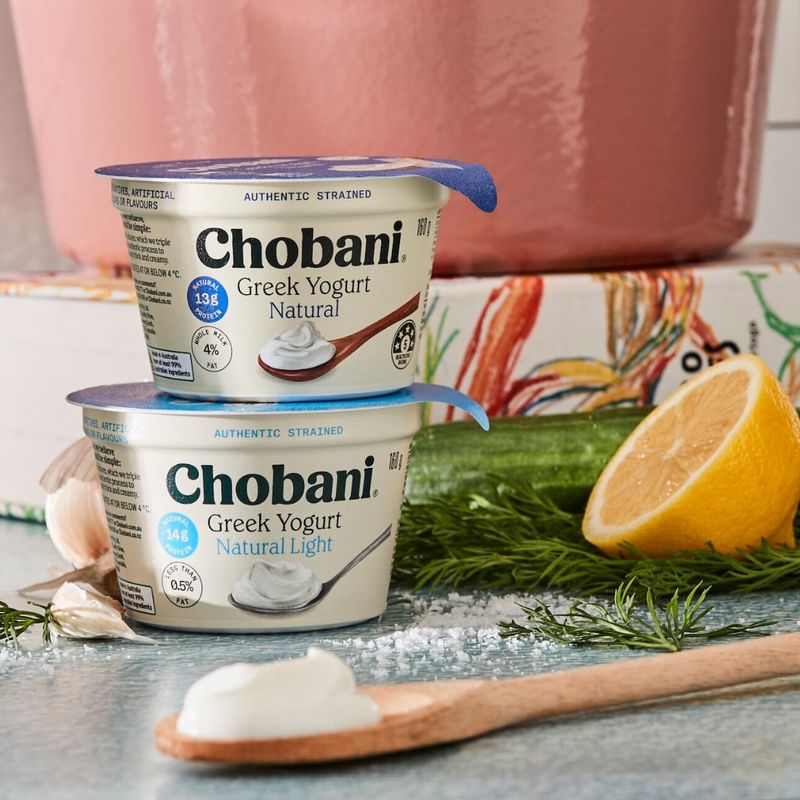
Greek yogurt is a versatile ingredient that can replace sour cream or mayonnaise in many recipes. Its creamy texture and tangy flavor work well in dips, dressings, and sauces. Besides, Greek yogurt is rich in protein and lower in fat. To make a healthier ranch dressing, mix it with herbs and spices. It can also be used in baking as a substitute for butter or oil, giving moisture without the extra calories. This swap not only reduces fat but also adds a nutritional punch. Incorporating Greek yogurt into meals is a simple way to enhance both taste and health.
3. Incorporate Leafy Greens
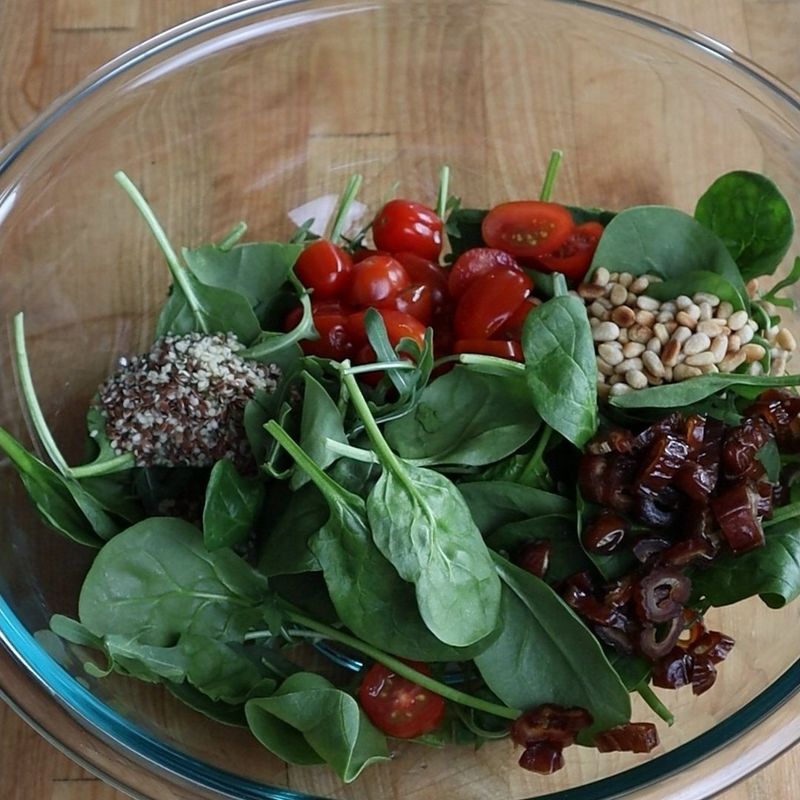
Leafy greens like spinach, kale, and arugula add a fresh, nutrient-packed punch to meals. They’re suitable for salads, wraps, or even blended into smoothies. These greens are high in vitamins A, C, and K, and are excellent for boosting the immune system. Try adding a handful to your morning omelet or stir them into soups. They can also be addition to pasta dishes or stews, providing texture and flavor. Leafy greens are an easy way to make meals healthier. The natural taste of these greens complements a wide variety of other ingredients.
4. Experiment with Alternative Grains
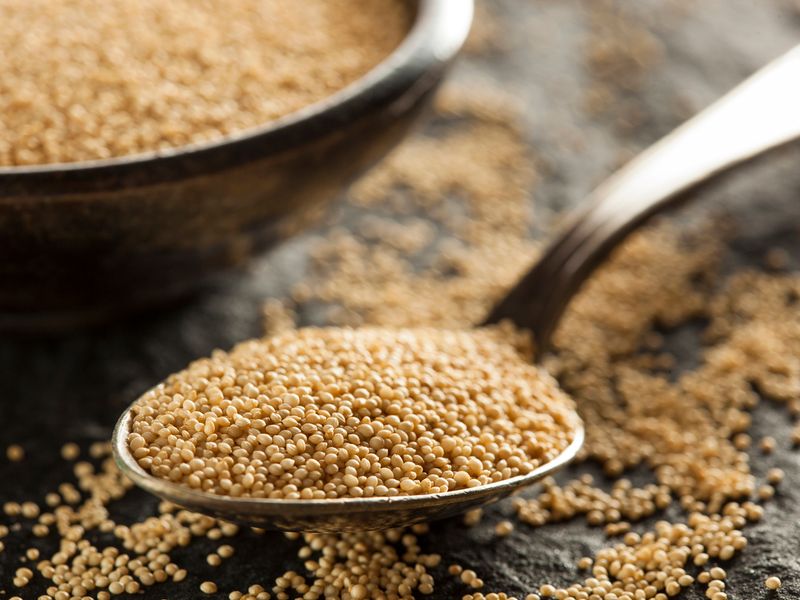
Exploring grains like quinoa, farro, and millet can introduce new textures and flavors to your meals. Quinoa is a complete protein, making it addition to vegetarian diets. Farro has a nutty taste and chewier texture, suitable for salads or as a side dish. Millet is versatile and can be used in both sweet and savory dishes. Using these grains instead of rice or pasta can increase fiber and nutrient intake. They are also more filling, which can help with weight management. Substitute a portion of your regular grain with one of these alternatives for a healthier meal.
5. Infuse Water with Fruits and Herbs

Flavored water can be a refreshing alternative to sugary drinks. Infusing water with fruits like lemon, berries, or herbs such as mint can add subtle flavors without extra calories. This habit encourages more water consumption, keeping you hydrated and satisfied. Try combinations like cucumber and mint, or strawberry and basil. Infused water not only tastes sweet but also provides some vitamins and antioxidants. It’s a simple way to enhance hydration. Carry a bottle with you throughout the day and refill as needed. This little change can make a big difference in your daily routine.
6. Roast Vegetables for Depth
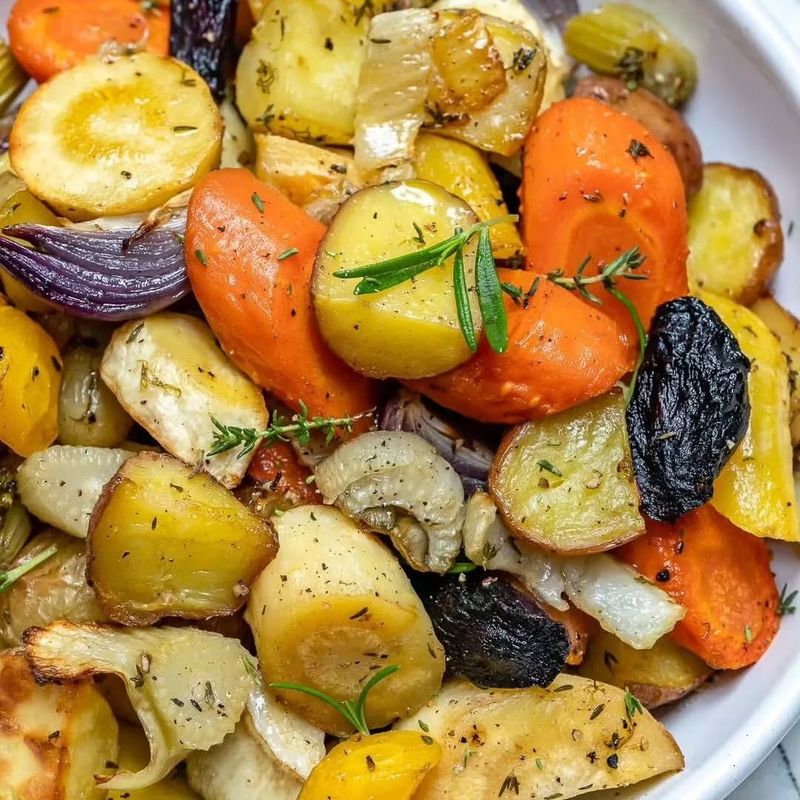
Roasting brings out the natural sweetness and flavor of vegetables. It’s an excellent technique for enhancing taste without added sugars or unhealthy fats. Vegetables like carrots, bell peppers, and broccoli can be drizzled with olive oil and seasoned with herbs before roasting. This method caramelizes the sugars and makes a rich, savory flavor. Roasted vegetables can be used as a side dish, tossed into salads, or blended into soups. They can also be the star of a veggie platter. The simplicity and richness of roasted vegetables make them a versatile addition to any meal.
7. Try a Plant Based Option

Beside Meal try to use some plant based option can enhance health. The use of plant-based proteins like chickpeas, lentils, and tofu. These ingredients are rich in protein, fiber, and essential nutrients. This can include dishes like chickpea curry, lentil soup, or tofu stir-fry. This practice can reduce saturated fat intake and increase the consumption of vegetables. It’s also an opportunity to explore different cuisines and flavors. Embracing a variety of plant-based foods can lead to more balanced and interesting meals.
8. Use Avocado as a Spread
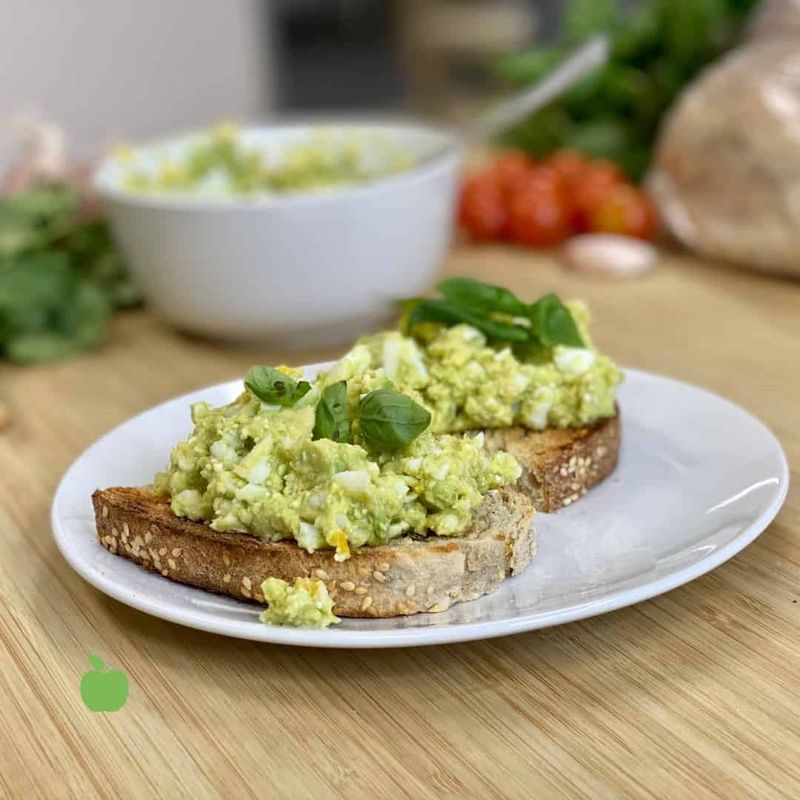
Avocado offers a creamy, nutritious alternative to butter or mayonnaise. Its healthy fats and smooth texture make it excellent for spreading on toast or sandwiches. Avocado is rich in vitamins E and C, and it provides potassium and fiber. Try mashing it with a bit of lemon juice and seasoning for extra flavor. It can also be used in baking as a fat substitute in recipes like brownies or muffins. Incorporating avocado into your diet can enhance both taste and nutrition. Its versatility and mild flavor make it suitable for various culinary applications.
9. Cook with Coconut Oil

Coconut oil is a popular alternative to other cooking oils due to its different flavor and health benefits. It’s known for its medium-chain triglycerides, which are easier to digest. Coconut oil can be used for frying, baking, or even in smoothies. Its slightly sweet taste complements both sweet and savory dishes. Use it to cook vegetables or as a replacement for butter in baking. The natural aroma and flavor of coconut oil can enhancee a dish without overpowering it. It’s a versatile ingredient that adds a tropical twist to everyday meals.
10. Add Seeds for Texture
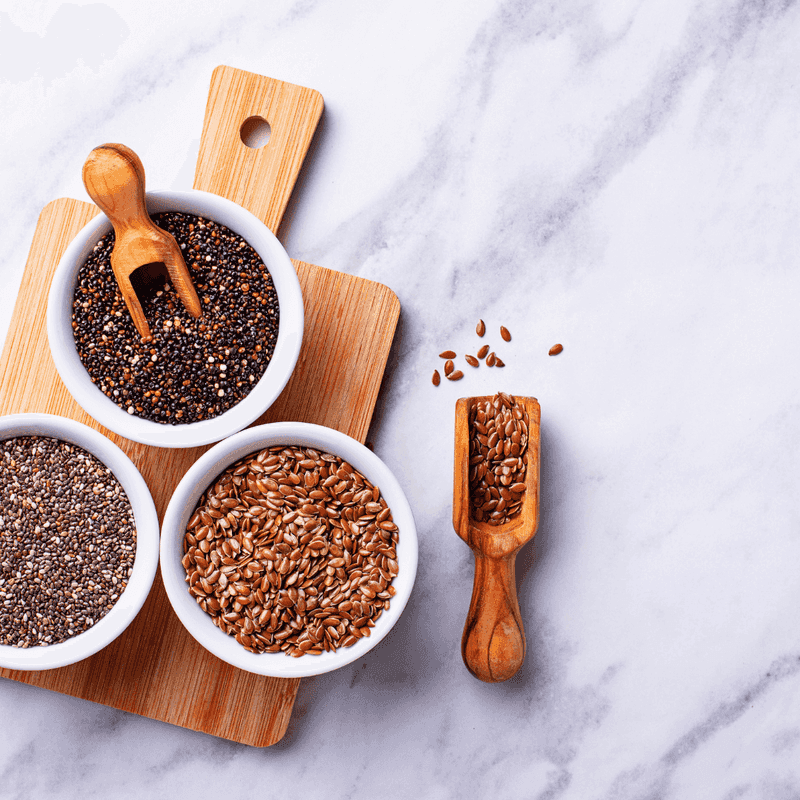
Seeds like chia, flax, and pumpkin offer a nice way to add texture and nutrients to meals. They’re rich in omega-3 fatty acids, fiber, and protein. Sprinkle them on salads, yogurt, or oatmeal for a nutritious boost. Chia seeds can also be used to make puddings or as an egg substitute in baking. Flaxseeds add a nutty flavor and are excellent in smoothies. Pumpkin seeds are nice nutrients for snacking or adding to granolas. Including seeds in your diet can enhance both texture and nutrition. They’re an easy addition to a wide variety of dishes.
11. Incorporate Nuts for Crunch and Nutrients
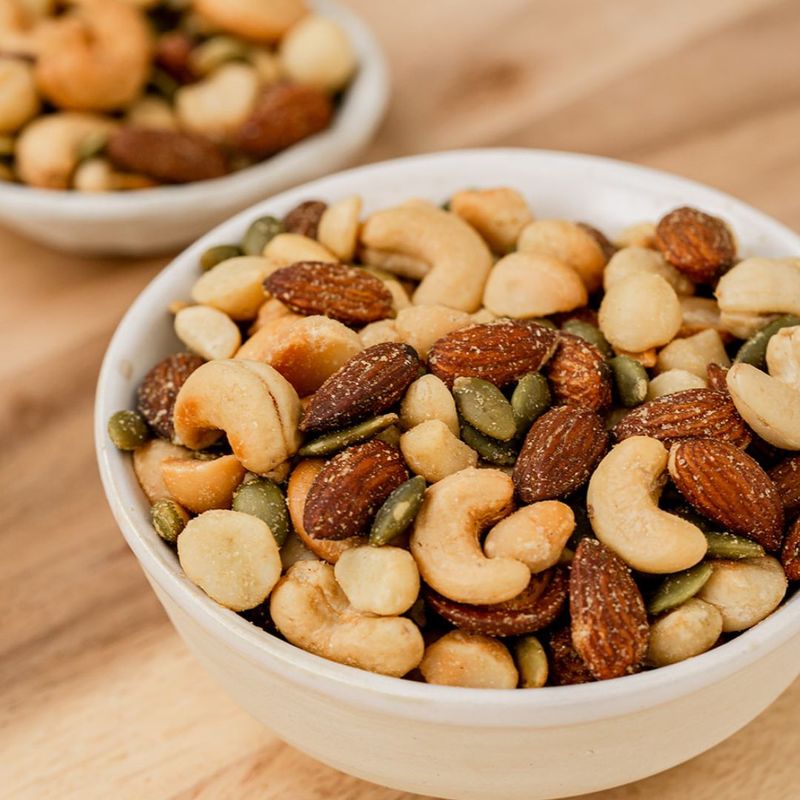
Nuts are addition to meals, providing both crunch and essential nutrients such as healthy fats, fiber, and protein. Almonds, walnuts, and cashews are particularly versatile and can be added to a range of dishes. Sprinkle them over salads, yogurt, or oatmeal for a satisfying crunch and nutritional boost. They can also be incorporated into main dishes like stir-fries or used as a crust for baked proteins. By including nuts in your diet, you enhance your meals’ flavor profile and texture. This simple addition can make your meals healthier and more enjoyable, offering both taste and nutrition in one bite.
12. Sweeten Naturally with Fruits
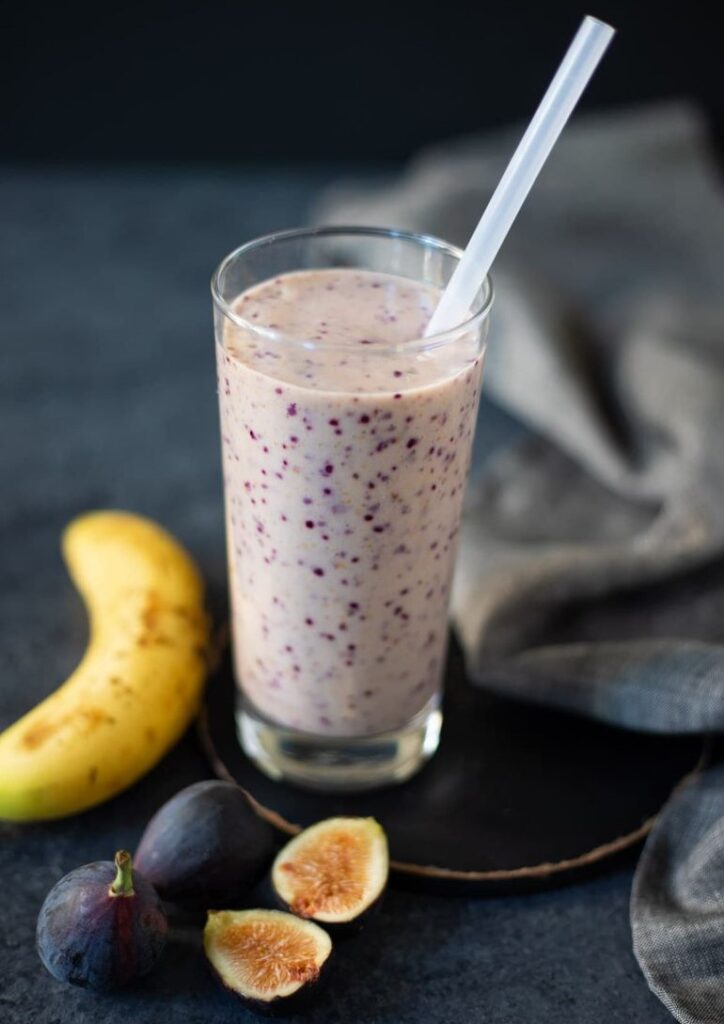
Using fruits like bananas, dates, and figs is a natural way to add sweetness to dishes. These fruits are high in vitamins and minerals, making them a healthier alternative to refined sugar. Blend ripe bananas into smoothies or use them in baking for moisture and sweetness. Dates can be chopped and added to oatmeal or used to make energy bars. Figs provide a natural sweetness to salads or can be eaten as a snack. Opting for these natural sweeteners helps in reducing sugar intake while adding flavor and nutrition. They integrate easily into various recipes.
